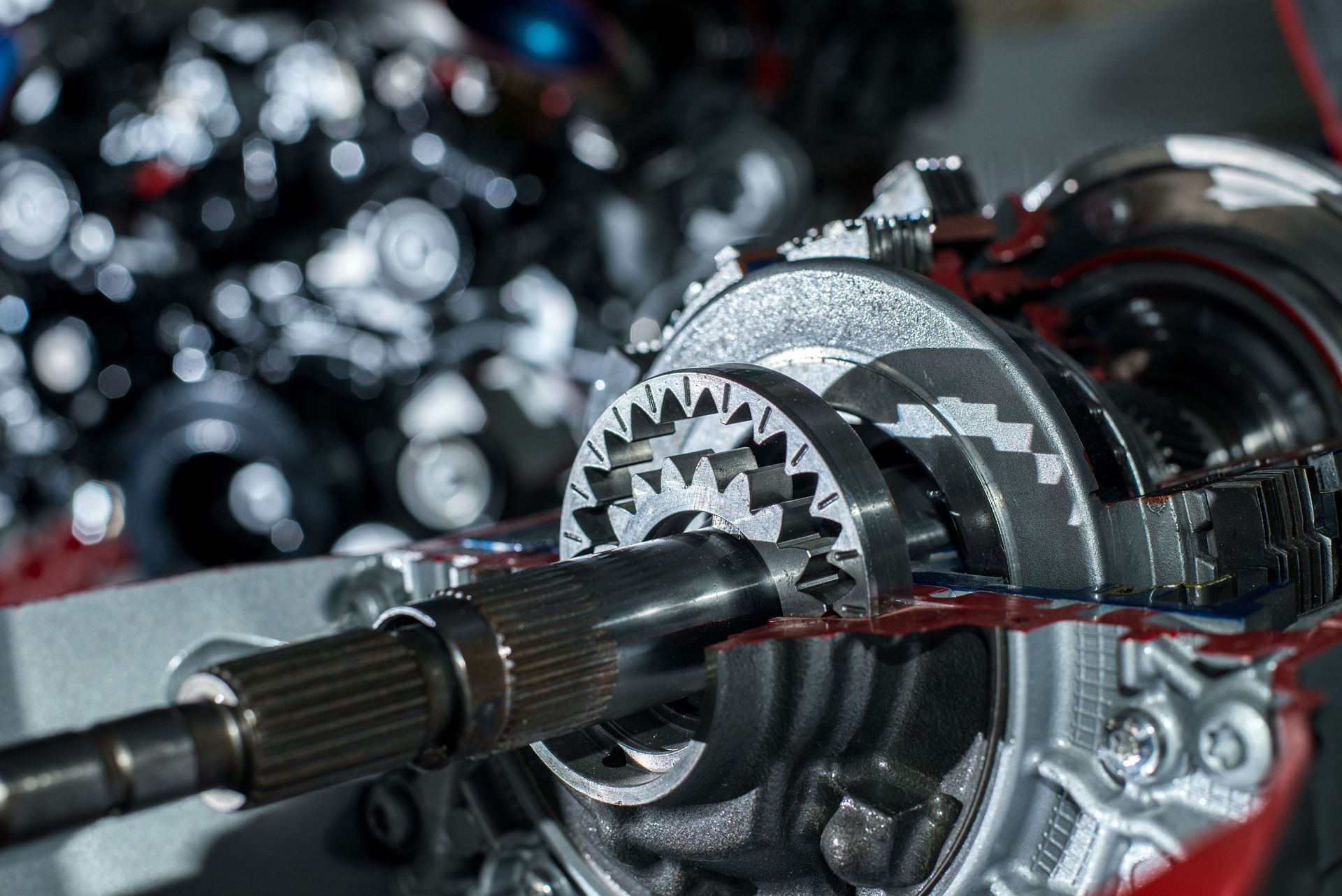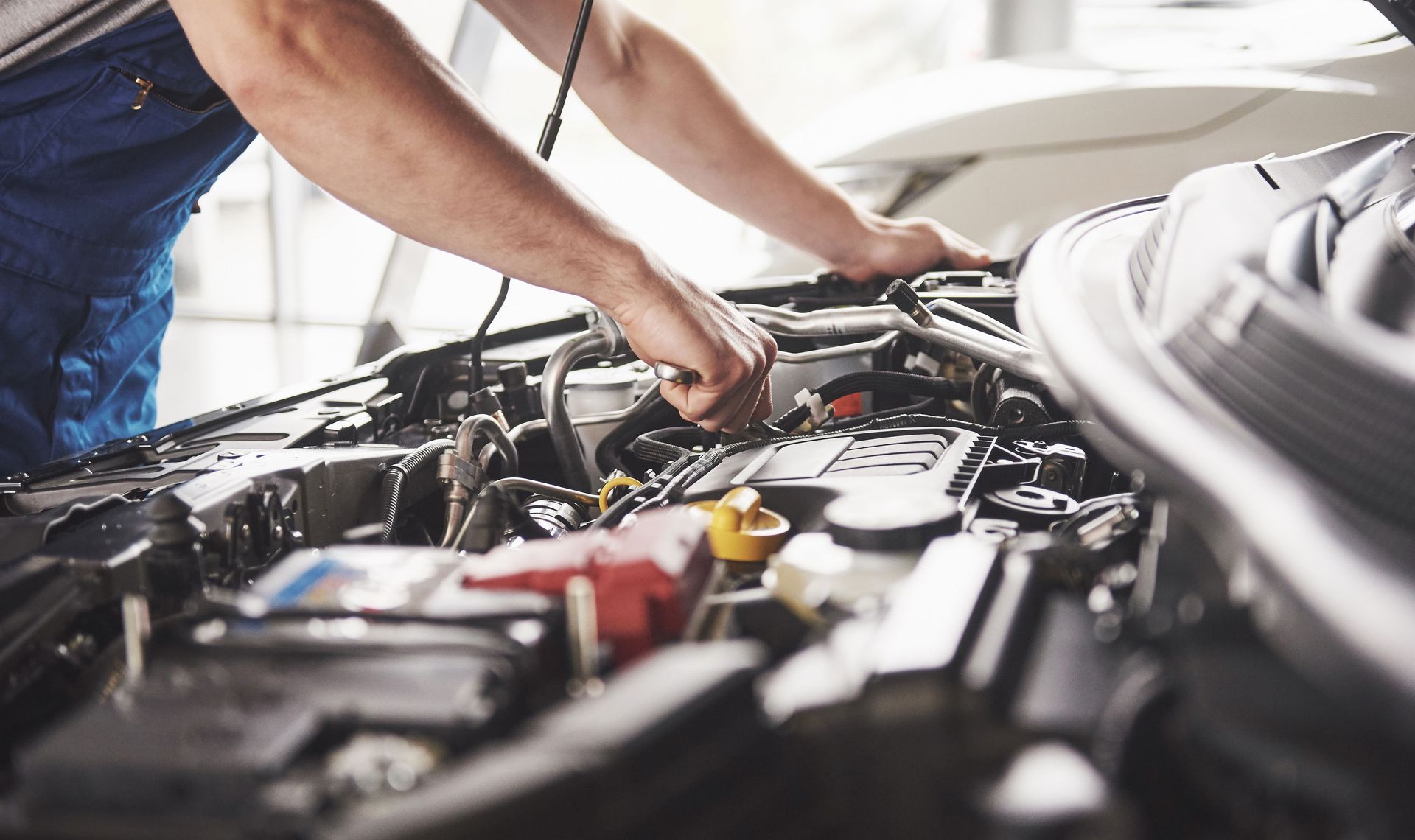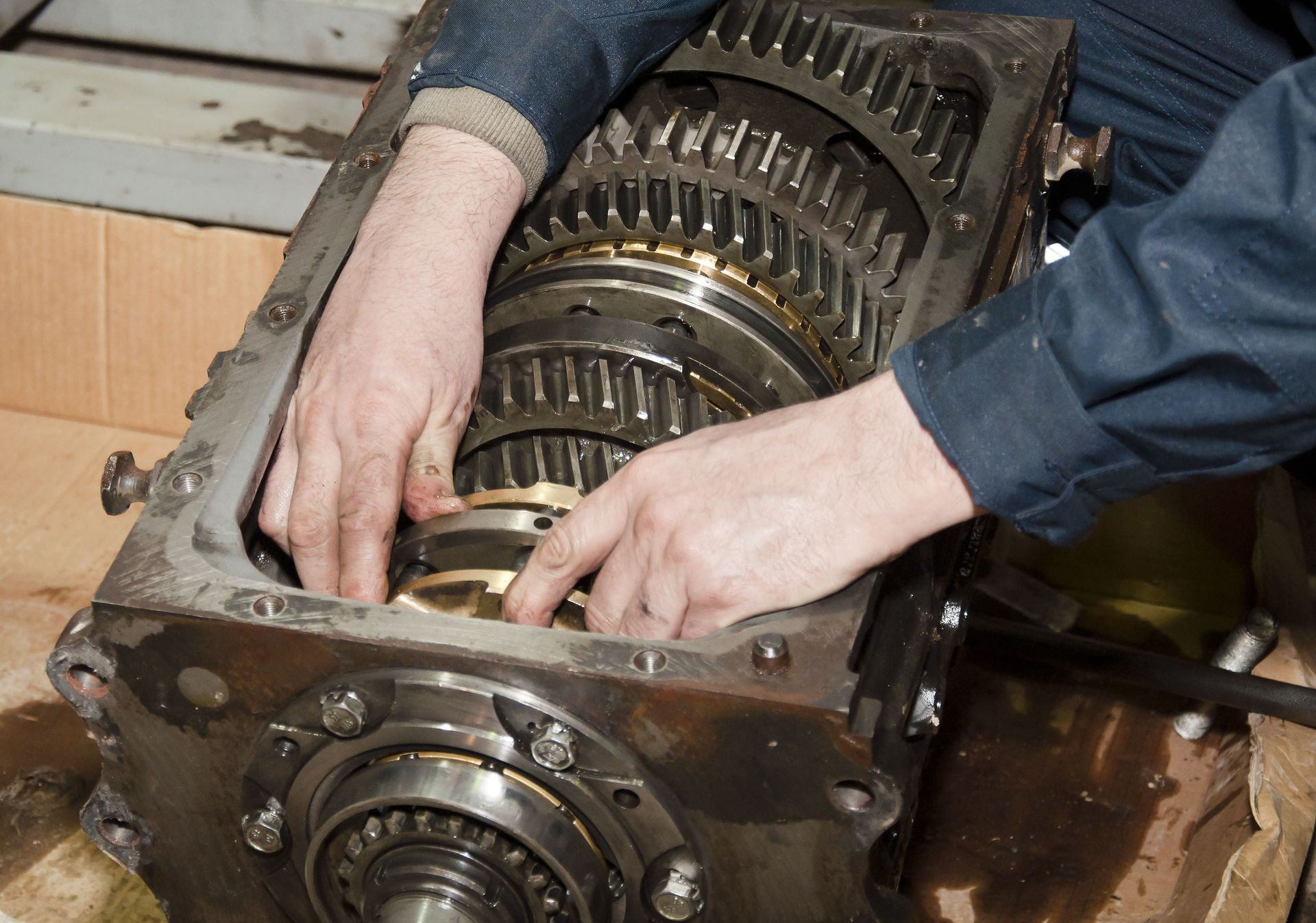A Brief History of the Automatic Transmission
The automatic transmission is one of those innovations we often take for granted when sliding behind the wheel. Yet, it has completely transformed the way people drive. Instead of juggling clutches and carefully timed gear shifts, drivers today enjoy the ease of a smooth, self-adjusting system that feels almost second nature. This article explores the evolution of the automatic transmission, tracing its origins, significant advancements, and the key figures who contributed to its development. And while the story is full of engineering feats, it’s also one that connects to everyday life—after all, nearly every vehicle on the road relies on this technology.
Early Innovations in Automatic Transmissions
The origins of the automatic transmission date back to the early 20th century, when the desire for easier and more accessible driving spurred inventive minds. People were fascinated by the possibility of eliminating the need for a clutch pedal. French engineer Louis Renault, for example, patented an early automatic clutch system in the early 1900s. These early attempts were far from perfect, but they laid the groundwork for what was to come.
World War II accelerated this pursuit. Military demands required durable, efficient vehicles, and engineers began experimenting with new ways to automate gear shifting. Once the war ended, some of these technologies trickled down into consumer automobiles. According to Sonnax, in 1939 Cadillac and Oldsmobile became the first manufacturers to utilize a fully automatic transmission in a production vehicle. This marked a turning point, opening the door to widespread adoption.
Breakthroughs With the Hydramatic System
The development of automatic transmissions was a game-changer in automotive history. Early inventors sought ways to make driving easier by removing the need for manual gear changes, and this led to innovations that allowed vehicles to shift gears automatically. These systems often relied on fluid mechanisms and multi-speed gearing to transfer power efficiently while adapting to driving conditions.
Early automatic transmissions improved accessibility, allowing more people to drive without mastering complex clutch operations. Transmission shops had to adapt quickly, training technicians to understand and maintain these new systems. This shift not only enhanced driving comfort but also influenced vehicle design, encouraging smoother acceleration and more efficient power delivery.
The introduction of automatic systems also sparked further research and development in automotive engineering. Engineers focused on improving reliability, reducing mechanical wear, and optimizing performance. Over time, these innovations evolved into the sophisticated electronic and computer-controlled transmissions we see today, setting the stage for modern vehicles that combine convenience, efficiency, and durability.
Advances in Hydraulic and Torque Converter Technology
The 1960s and 1970s brought refinements that made automatic transmissions more reliable and versatile. Engineers focused on hydraulic controls, fine-tuning how fluid dynamics could regulate gear changes. Torque converters replaced fluid couplings, allowing for smoother power transfer and improved efficiency.
This period also coincided with the rise of muscle cars, and automatic transmissions were suddenly expected to handle more horsepower than ever before. Multi-speed designs started appearing, giving drivers a blend of power and comfort. For car owners, visiting a trusted transmission shop became essential for keeping these increasingly sophisticated systems in good condition.
Drivers from this era often remember the excitement of getting behind the wheel of a vehicle that shifted with almost no effort. What once required skill and timing was now a smooth and relaxing process. Families driving cross-country or individuals commuting daily could enjoy more comfort, a sign that technology was shaping not just vehicles, but lifestyles.
Electronic Controls and Computerized Shifting
By the 1980s and 1990s, electronics were changing everything. Automatic transmissions were no exception. The introduction of electronic controls meant that gear shifts could now be optimized in real time, based on engine load, driving conditions, and even fuel efficiency targets.
Continuously Variable Transmissions (CVTs) also arrived on the scene, offering a seamless driving experience without fixed gears. For the first time, the idea of a “gearless” transmission became reality. Consumers were drawn to the smoother feel and better gas mileage. Meanwhile, mechanics had to adapt quickly—working in a transmission shop during this period meant mastering not only hydraulic systems but also electronic diagnostics.
Transmission Development in Hybrid and Electric Vehicles
The 21st century has been dominated by hybrid and electric vehicles. With electric motors, the role of transmissions shifted yet again. Some EVs don’t need multi-speed gearboxes at all, while others rely on specially designed systems that work seamlessly with electric powertrains.
To our knowledge, dual-clutch transmissions (DCTs) also became more common, offering lightning-fast gear changes for performance vehicles. And as artificial intelligence started shaping vehicle software, transmissions became smarter, adjusting to driver behavior and road conditions like never before.
For everyday drivers, these advancements can feel almost invisible—until something goes wrong. That’s when a trip to the local transmission shop reminds you just how complex and advanced these systems have become.
Emerging Technologies Shaping Future Transmissions
Looking ahead, the future of automatic transmissions seems bound to renewable energy and artificial intelligence. As automakers work toward electrification, transmissions will likely continue to evolve, balancing sustainability with performance.
Regulations focused on emissions and fuel efficiency also push manufacturers to innovate. The result may be more adaptive, software-driven systems capable of adjusting on the fly. For drivers, this means even less effort behind the wheel and better overall efficiency. For technicians in a transmission shop, it means continuous learning—keeping pace with rapidly advancing technologies to provide reliable service.
Maintenance, Care, and the Role of Skilled Technicians
What’s striking about this journey is how much the automatic transmission has shaped everyday life. From the early Hydramatic to the modern AI-assisted systems, these advancements have consistently made driving more accessible and enjoyable. Behind each innovation are countless hours of problem-solving, testing, and refining—all in pursuit of a smoother ride.
For drivers, the takeaway is clear: while transmissions may feel invisible when they’re working, they’re critical to your car’s overall health. Regular maintenance, timely repairs, and trust in skilled technicians ensure that your vehicle stays reliable for years to come. That’s why choosing the right transmission shop matters so much—it’s about more than just fixing problems; it’s about preserving the comfort and freedom that automatic transmissions have made possible.
Regular check-ups and proactive maintenance not only extend the life of your transmission but also save you from costly repairs down the road. Remember, a well-maintained automatic transmission keeps your driving experience smooth, safe, and enjoyable for years to come.
The history of the automatic transmission is as much about people as it is about machines. It’s the story of engineers who pushed boundaries, of automakers who took risks, and of everyday drivers who embraced new conveniences. From Louis Renault’s early experiments to Cadillac and Oldsmobile’s groundbreaking use of a fully automatic system in 1939, the evolution of transmissions reflects a century-long pursuit of progress.
Each era brought its own challenges and innovations, from hydraulics and torque converters to computerization and electrification. And while the technology continues to evolve, one thing hasn’t changed: the need for care and expertise. Whether you’re driving a classic with a Hydramatic or a modern EV with software-driven systems, your transmission is central to the experience. That’s where skilled professionals come in. Finding a reliable transmission shop means finding peace of mind, knowing your vehicle is in capable hands.
As we look to the future, automatic transmissions will continue to evolve—smarter, cleaner, and more efficient. And for drivers, that means even greater comfort and reliability on the road. So, when your car needs attention, make the choice that ensures your ride keeps running smoothly: Gray's Transmissions Inc.





Share On: